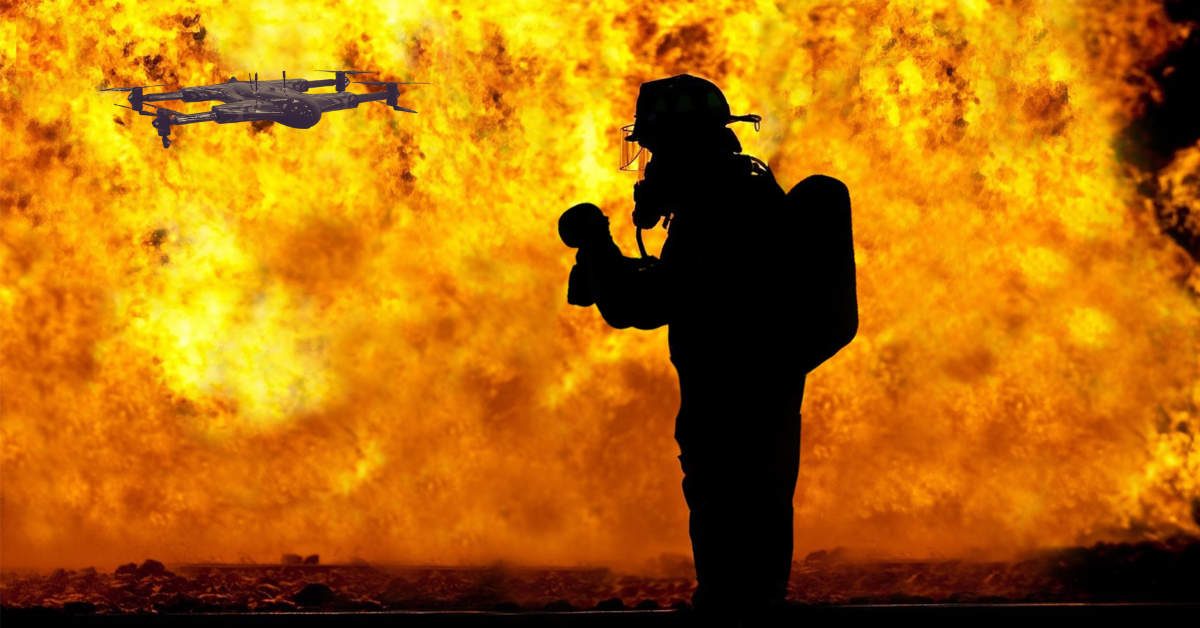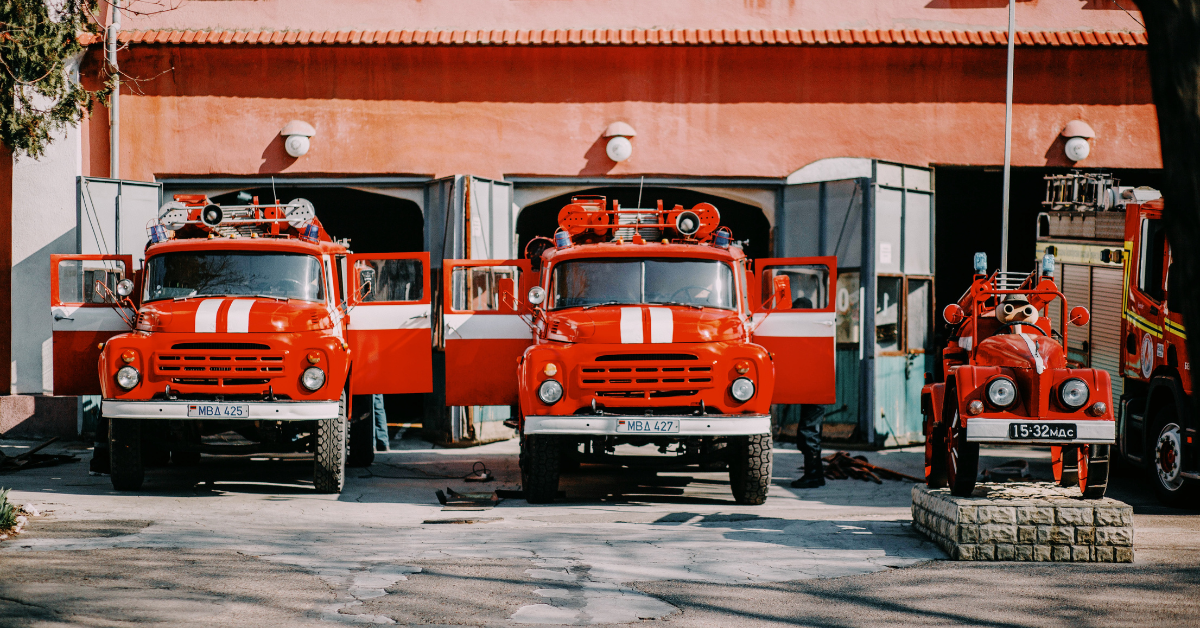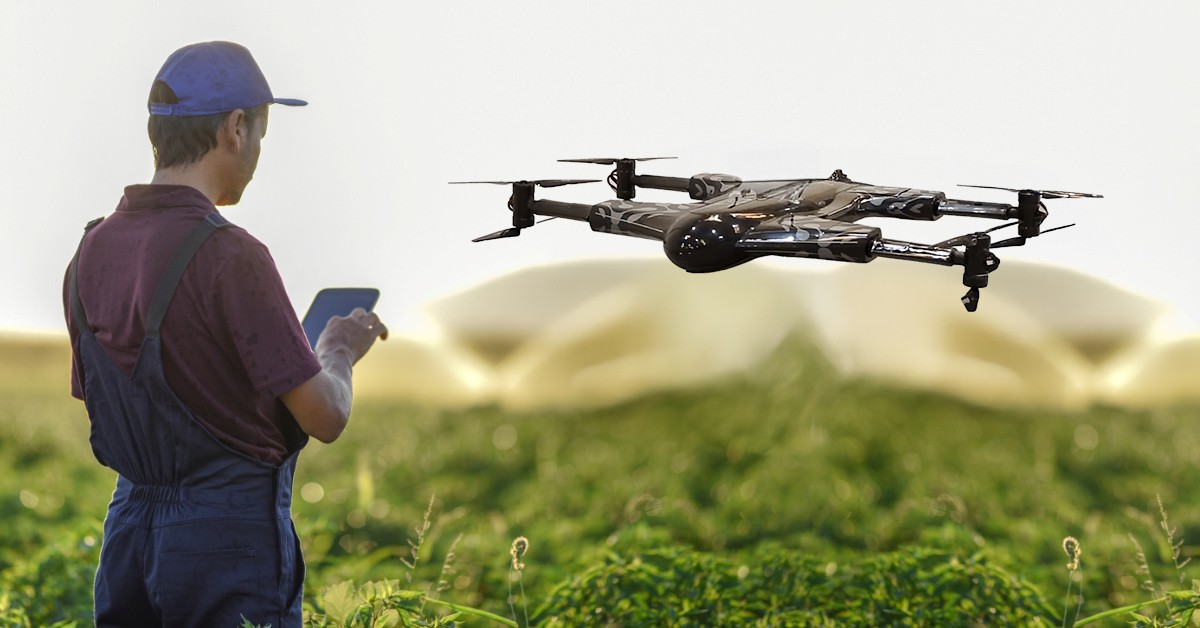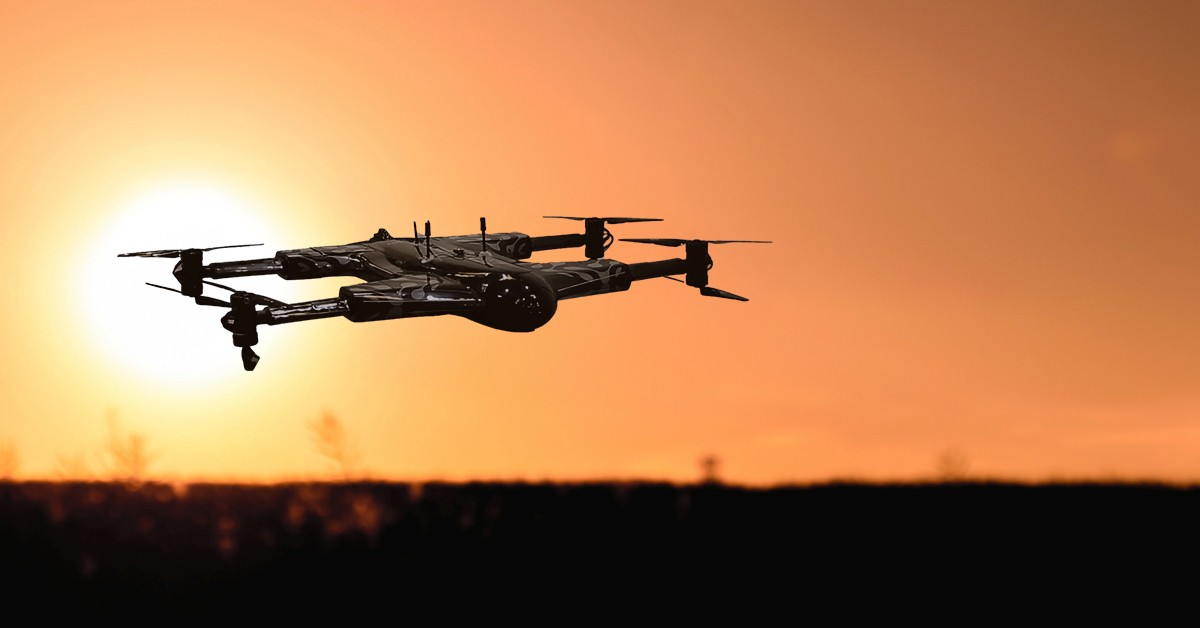Fire Suppression Drones - Can They Extinguish Fires?
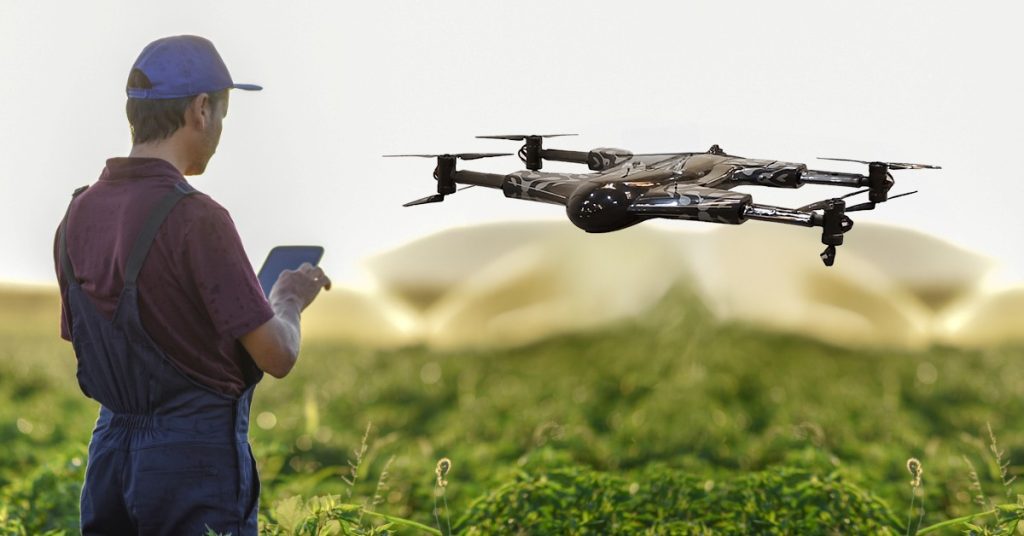
Fires cause enormous damage to ecosystems, residences, and infrastructure every year and present a huge safety risk for firefighters. In 2024, over 63,175 firefighters were reportedly injured in the US. Although this is a 4% decrease from the 2022 report where over 65,000 firefighters were reportedly injured, it still remains on the higher spectrum.
A drone firefighter system is essential for improving safety and efficiency during operations. Their speed and versatility make them the best tools for various urban and wildlife scenarios. Drones have also come a long way beyond simple surveillance and fire detection.
In addition to chemical retardants and water cannons, they also have more advanced sensors and onboard software. These can help firefighters put out fires and predict critical areas to prevent further damage.
In this article, we’ll discuss the following:
- How are fire response drones equipped to suppress fires?
- How do water-dropping and fire-retardant drones work?
- Can drones replace firefighters?
- Which drone firefighter systems stand out in 2025?
How are Drone Firefighter Systems Equipped to Suppress Fires?
During wild and urban fires, rapid response and targeted intervention are critical. Firefighting teams must watch for heat, fire starting, and the risk of re-ignition. They must also locate people in danger, rescue them, and identify exits. Fire suppression UAVs serve as a great tool for this purpose. They use specialized payload systems to assist directly in firefighting efforts. Here’s how drones are equipped to suppress fires:
Specialized Drone Fire Fighting
Drones tailored for firefighting are incorporated with fire suppression technologies. Special payload systems include firefighting LiDAR systems, gas detectors, and ultrasonic probes. Fire suppression can vary from water cannons to foam dispensers and other fire retardants. Thermal imaging helps drones and drone pilots identify areas with heightened risks.
Key Features of Drone Firefighter Systems
Firefighting drones come with crucial features which make them very necessary tools:
- High-capacity payloads: Drones are used by the first response team to carry water or other fire retardants.
- AI and machine learning: AI fire drones can perform real-time fire detection and behavior analysis that predicts fire movement.
- Autonomous flight capabilities: Drones can still operate without manual control thanks to their onboard flight software.
- Swarm technology: In the case of large fires (particularly wildfires), AI also allows autonomous firefighting UAVs to coordinate better.
How Do Water-Dropping and Fire-Retardant Drone Technology Work?
While firefighting drones would be equipped with tanks or connection systems for releasing water, one must remember that water is not the only weapon used to combat wildfires and urban fires. An aerial firefighting system would include several kinds of chemical fire retardants, mostly used for extinguishing different kinds of fires. Here are a few things you should know about them:
Class A
Class A foam is formulated to fight fires involving solid material (e.g. wood, paper, etc.).
This type of firefighting foam is usually made by mixing surfactants, wetting agents, and stabilizers. These reduce water’s surface tension, allowing it to penetrate porous materials deeply.
Examples of Class A chemical foam:
- Protein-based – Great for penetrating deep-seated fires. Water-dropping drones in structural firefighting will often have protein-based foam as their payload.
- Synthetic-based – Produces a thick, sticky foam blanket that puts out fires and prevents reignition.
- Film-forming – Used in drone fire fighting systems to create a film on the fire’s surface, preventing oxygen from reaching the fire.
Class B
Class B foam fights Class B fires involving flammable liquids (e.g., gasoline, alcohol, etc.). Drone-based fire extinguishing systems carry class B retardants for industrial, commercial, and military firefighting operations and when water alone is ineffective.
Here are a few examples of class B foam and how they are used:
- Fluoroprotein foam: This protein-based foam contains fluorinated surfactants. It is particularly effective for hydrocarbon fuel-based fires.
- Aqueous film-forming foam (AFFF): AFFF foam forms a thin film on the fuel’s surface and is the most commonly used foam for commercial and industrial firefighting.
- Alcohol-resistant aqueous film-forming foam (AR-AFFF): Emergency response drones carry AR-AFFF foam to fight alcohol-based fires, typically methanol and ethanol.
Can Drones Replace Firefighters?
While drone firefighter systems are a great addition to traditional firefighting, drones cannot replace human firefighters. Drones are primarily used for high-risk and remote fire suppression. They are particularly useful in areas that are difficult or dangerous to firefighters. Water-dropping drones have limits as well as effective use cases:
Limited Load Capacity
Drones can only carry a set amount of water or chemical foam on top of its other payloads, like sensors or tools. The drone’s overall payload capacity can limit how much it can carry.
Here are a few factors that can affect a drone’s carry weight:
- Design: Emergency response drones with lighter frame materials can’t carry heavy payloads, but those with stronger structures can.
- Power System: Bigger drones mean more powerful motors and bigger batteries. These can add extra weight.
- Thrust: A drone firefighter has a higher payload capacity thanks to its extra thrust.
- Motor Configuration: More motors allow for more thrust, lift, and better load distribution. Motor placement also affects stability and lift mid-flight.
Battery Life
Most fire response drones need batteries but can only carry a set amount. A drone’s flight time is affected by its payload and overall battery capacity. Depending on the operation, drones must recharge or replace their batteries. Drone firefighting systems typically need fast and reliable recharging methods or additional batteries.
Regulations and Safety Concerns
First-response teams and law enforcement agencies must also comply with strict airspace regulations. These depend on their country, such as the US Federal Aviation Authority (FAA) and the European Union Aviation Safety Agency (EASA) in the EU. Drone operators often need certifications before flying emergency response drones.
Other safety concerns include the following:
- Interference with other aircraf: Drones can collide with planes or helicopters if drone operators and pilots are not careful
- Cybersecurity: Drones rely on communication systems to transmit and receive data, and these systems can be vulnerable to hacking
- Ground personnel: Drone fire need to be operated carefully to avoid injuring firefighters or other ground personnel
Weather
Weather is another reason drones can’t completely replace firefighter teams. Many scenarios, such as heavy rain, don’t allow a drone shooting fire to burn away potential wildfire fuel. That said, it depends on the drone. As technology improves, drones also see more use in heavy rainfall or scenarios with limited visibility.
Key Features That Make Fire Suppression Drones Effective in 2025
Like in other industries, there’s no one-size-fits-all solution for firefighting drones. However, the most effective drone firefighter systems in 2025 share common advanced features that make them essential in high-risk fire suppression operations.
Here are the key features making an impact:
High Payload Capacity
Effective drone firefighter systems can carry large volumes of water, foam, or fire retardant chemicals. Payload design and thrust configuration directly impact how much a drone can carry, allowing them to support firefighting efforts with multiple suppression tools onboard.
AI and Real-Time Data Analysis
Many AI-powered fire drones use onboard machine learning algorithms to analyze fire behavior, identify hot spots, and predict fire spread. These insights help response teams make faster, smarter decisions on the ground.
Autonomous Flight and Swarm Technology
Autonomous firefighting UAVs can navigate complex environments without constant manual control. Swarm technology allows multiple drones to work together in coordinated efforts, particularly useful in large-scale wildfires.
Enhanced Durability and Weather Resistance
Modern fire suppression UAVs are designed with rugged materials to handle harsh environments and low visibility. Durable frames and reinforced propellers ensure they perform even in windy or smoky conditions.
Extended Battery Life and Power Management
Hybrid propulsion systems or swappable power modules allow for longer flight durations and quick redeployment, ensuring that emergency response drones remain available when every second counts.
Integrated Safety and Compliance Systems
Top-tier drones come equipped with obstacle avoidance, GPS stabilization, and compliance with aviation authorities like the FAA or EASA. These systems ensure safer operation near ground personnel and within regulated airspace.
The Bottom Line
Firefighting operations are dangerous and time-sensitive. They require speed, precision, and coordination to save lives.
An emergency response drone or drone shooting fire can make these efforts more efficient. With ongoing improvements in battery life, AI, and carry capacity, drone firefighter systems are set to become even more valuable assets in the fight against fire. Want to learn more about how drones can transform your emergency response? Contact us or request a demo today.
Latest Posts
Social Profiles






